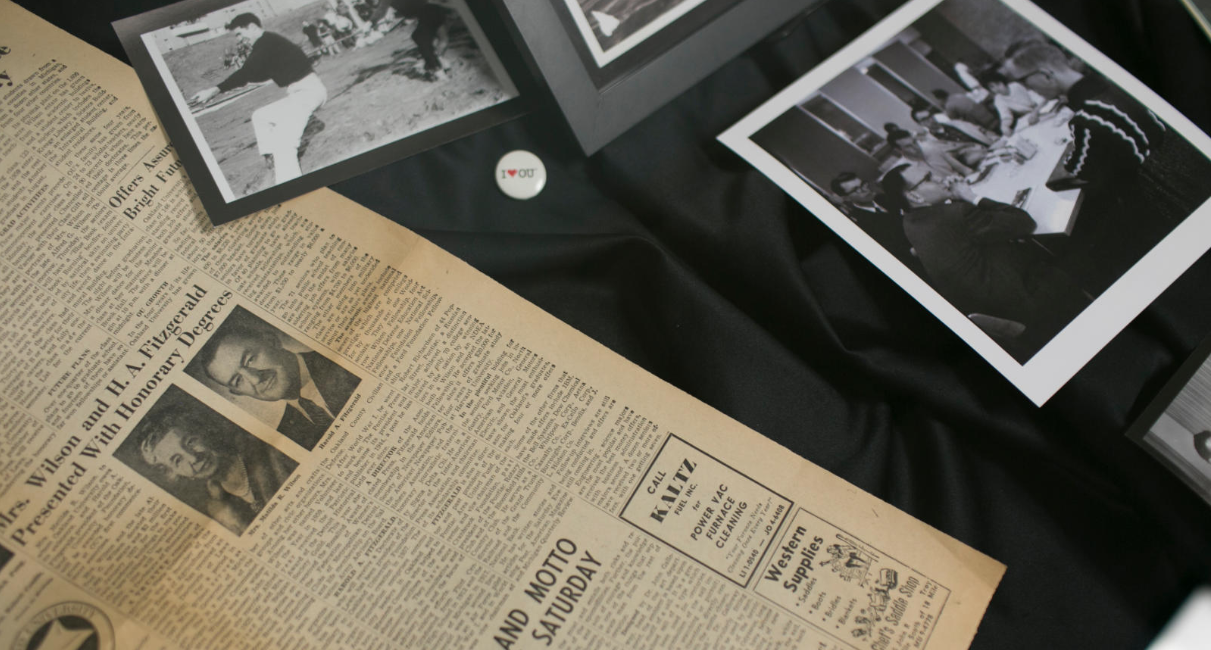Center for Excellence in Teaching and Learning
Kresge Library, Room 430
100 Library Drive
Rochester,
Michigan
48309-4479
(location map)
(248) 370-2751
[email protected]

Teaching Critical Thinking (and Ignoring) with SIFT
Across disciplines, faculty work with students to foster critical thinking, which OU’s General Education program defines as one’s ability to “comprehensively [explore] issues, ideas, artifacts, and events before accepting or formulating an opinion or conclusion.” Responses in national surveys of employers on the “career-ready graduate” (AAC&U, 2023) reinforced the value of such abilities outside of the academy, yet found college graduates underprepared to engage in critical thinking in the workplace. What might we do to address both this need and fill this gap?
In the digital era of information overload, we can start by helping students become “critical ignorers.” Critical ignorers decide quickly if information deserves attention and if not, “ignore it, move on, and locate a better source” (Wineburg, 2023).
The most direct way to create critical ignorers is to explicitly connect critical thinking and information literacy in our disciplines, with the help of an OU subject librarian who can build and present these resources.
Connecting Critical Thinking and Information Literacy
Critical thinking, as a concept, is intentionally broad; it’s applicable across disciplines and situations. But when it comes to becoming critical ignorers, we need to add a dimension here that asks us to consider information intentionally; this is where information literacy comes in.
Information literacy involves “the reflective discovery of information, the understanding of how information is produced and valued, and the use of information in creating new knowledge” (Association of College and Research Libraries [ACRL], 2016). This concept, too, is discipline-agnostic, and for good reason; people in all fields of knowledge can be (and, indeed, need to be!) information literate. Taking critical thinking and information literacy together, though, we have a starting point for fostering critical ignoring in our classrooms.
Four Moves: The SIFT Method
In dealing with critical thinking around information sources, Caulfield’s (2019) SIFT Method – or “the Four Moves” – is a useful approach when we want to ask students to “comprehensively [explore] issues, ideas, artifacts, and events before accepting or formulating an opinion or conclusion.”
SIFT stands for,
- Stop: This step involves determining whether we can identify the information source and its claims. If not, we move to the next steps to figure it out.
- Investigate the Source: This step involves knowing what we’re reading before we read it – or, as Caulfield explained, “taking sixty seconds” to know “the expertise and agenda of the source,” so we can decide whether it’s worth our time and trust.
- Find Other Coverage: This step involves what some, including Wineburg, call lateral reading, – figuring out what others have said, and whether those sources agree or disagree with the original information resource. Finding other coverage also helps students discover what the information source is and whether its claims are legit.
- Trace Ideas Back to the Source: This step involves adding back in the context that the internet often strips away – but which is critical to our thinking about any information we encounter.
Wineburg (2023) shared an example of SIFT practices in action. Along with a co-researcher, he compared the behavior of “critical thinkers” and fact-checkers when encountering information that appeared reputable and academic. While the “critical thinkers” – in this case, high-performing undergraduate students and faculty members from prestigious institutions – examined the information source, fact checkers did the opposite: They stopped and investigated the source and quickly discerned that it wasn’t worth their time.
With SIFT, then, we can help our students become more critical in their thinking but also in what they choose to not consider.
A Habit: Partner with a Subject Librarian
Caulfield’s (2019) Four Moves are often connected with a habit; in his case, checking emotions, which is certainly important for us, too. But in our case, the habit I’d recommend is partnering with the subject librarian for your discipline.These OU faculty members are experts in information literacy and can be valuable partners in helping your students become more critical information consumers and creators.
Conclusion
To foster critical thinking in your courses, reflect on the ways you ask your students to approach concepts, ideas, and materials and whether there are opportunities to ask them to become critical ignorers. SIFT offers strategies that can foster such a mindset, and the subject librarian for your discipline is an able and willing partner in such endeavors.
Resources
Association of College and Research Libraries. 2016). Framework for Information Literacy for Higher Education. American Library Association.
Caulfield, M. (2019, June 19). SIFT: The Four Moves.
Faix, A., & Fyn, A. (2023). Six frames, four moves, one habit: Finding ACRL’s Framework within SIFT. College & Research Libraries News, 84(11), 411-416.
Finley, A.P. (2023). The Career-ready Graduate: What employers say about the difference college makes. American Association of Colleges and Universities.
Oakland University General Education requirements
Wineburg, S. (2023, December). Critical thinking: Necessary but insufficient in a digital age. National Association of Secondary School Principals.
Related Teaching Tips
See more teaching tips on critical thinking.
Save and adapt a Google Doc version of this teaching tip.
About the Author
Amanda Nichols Hess is a Professor and the Coordinator of Instruction and Research Help in the Kresge Library. Her research focuses on information literacy instruction, faculty development, online learning, and how these concepts intersect. Outside of work, Amanda moonlights as her children’s elementary school mascot (which is a Dragon).
Edited by Rachel Smydra, Faculty Fellow in the Center for Excellence in Teaching and Learning at Oakland University. Others may share and adapt under Creative Commons License CC BY-NC.
View all CETL Weekly Teaching Tips. Follow these and more on Facebook and LinkedIn.



